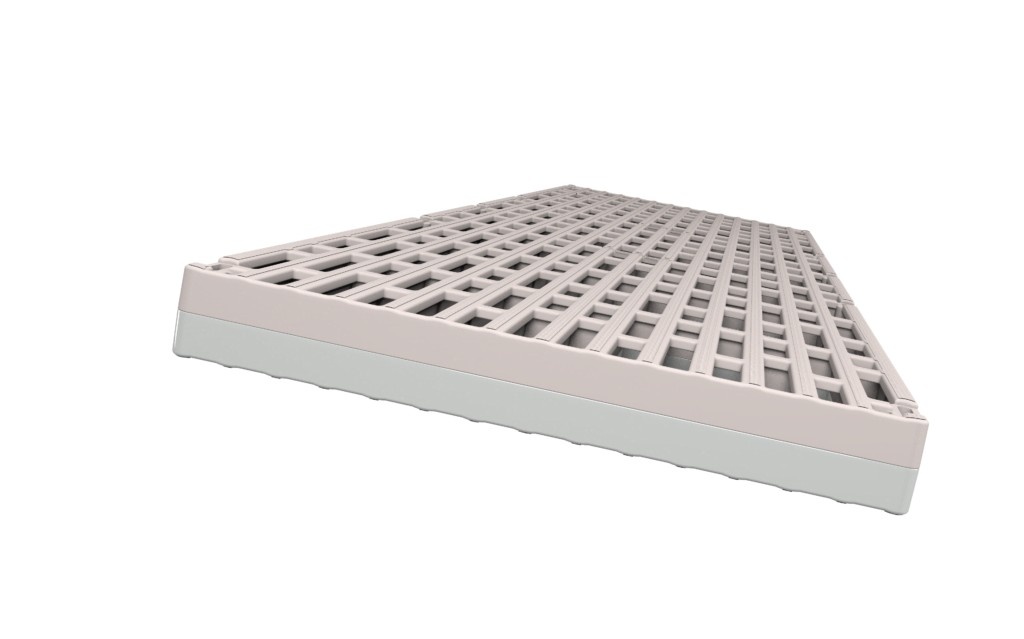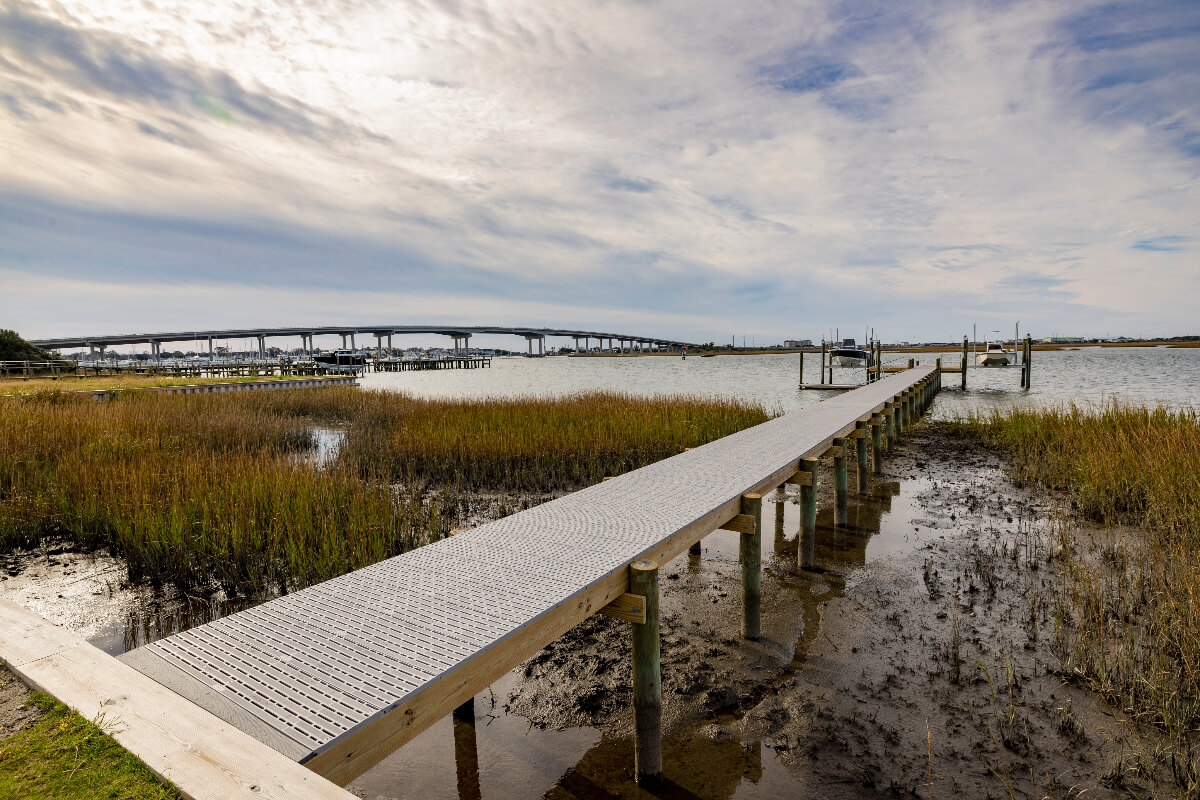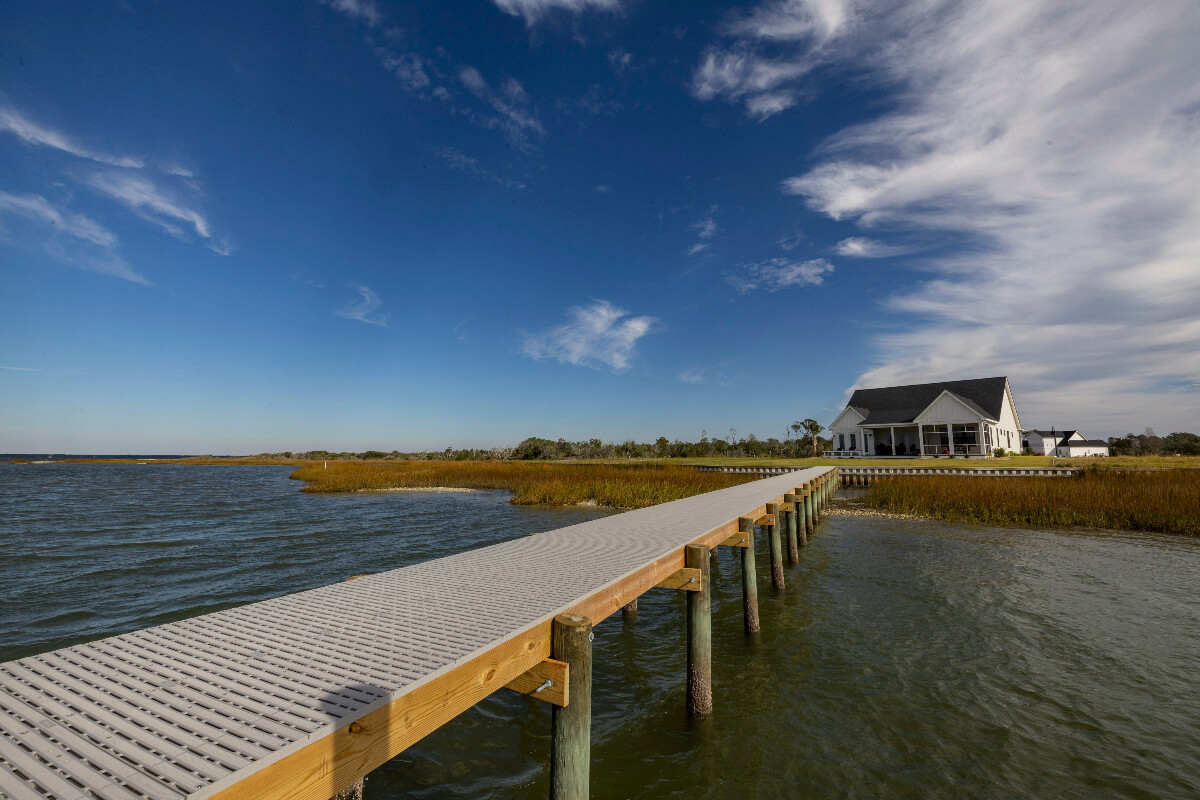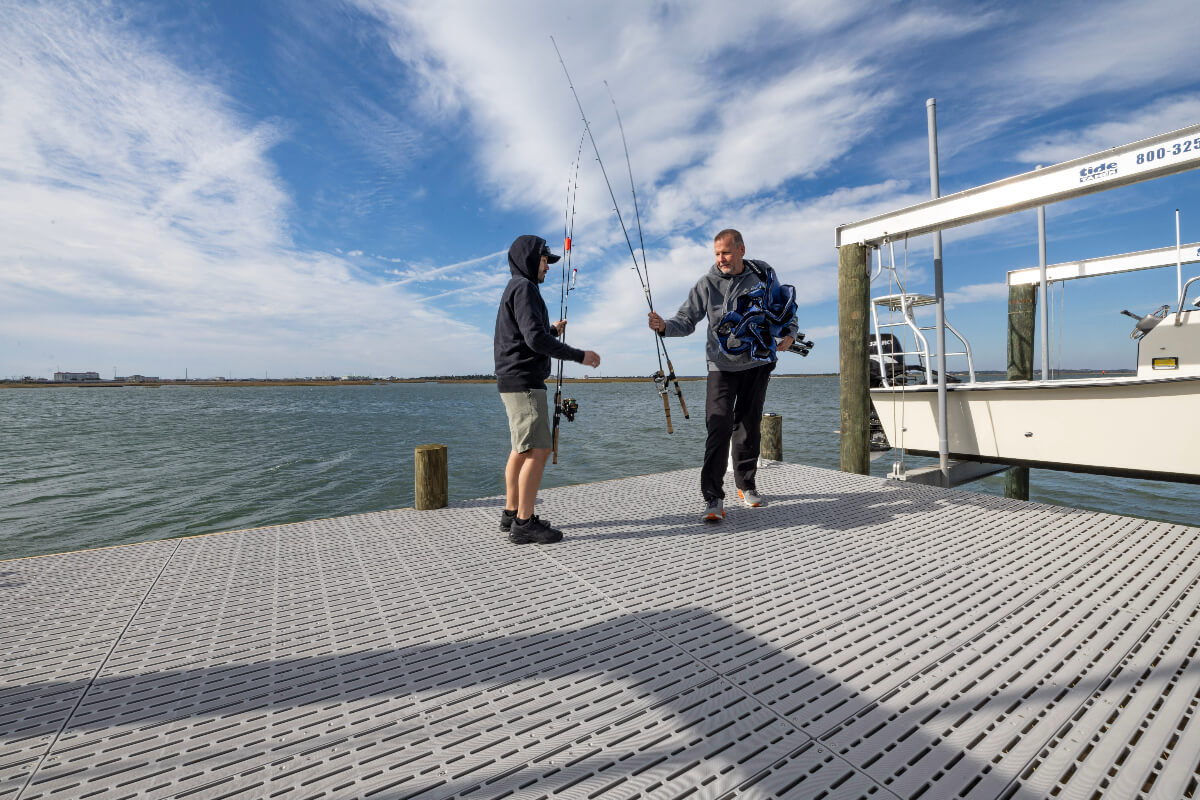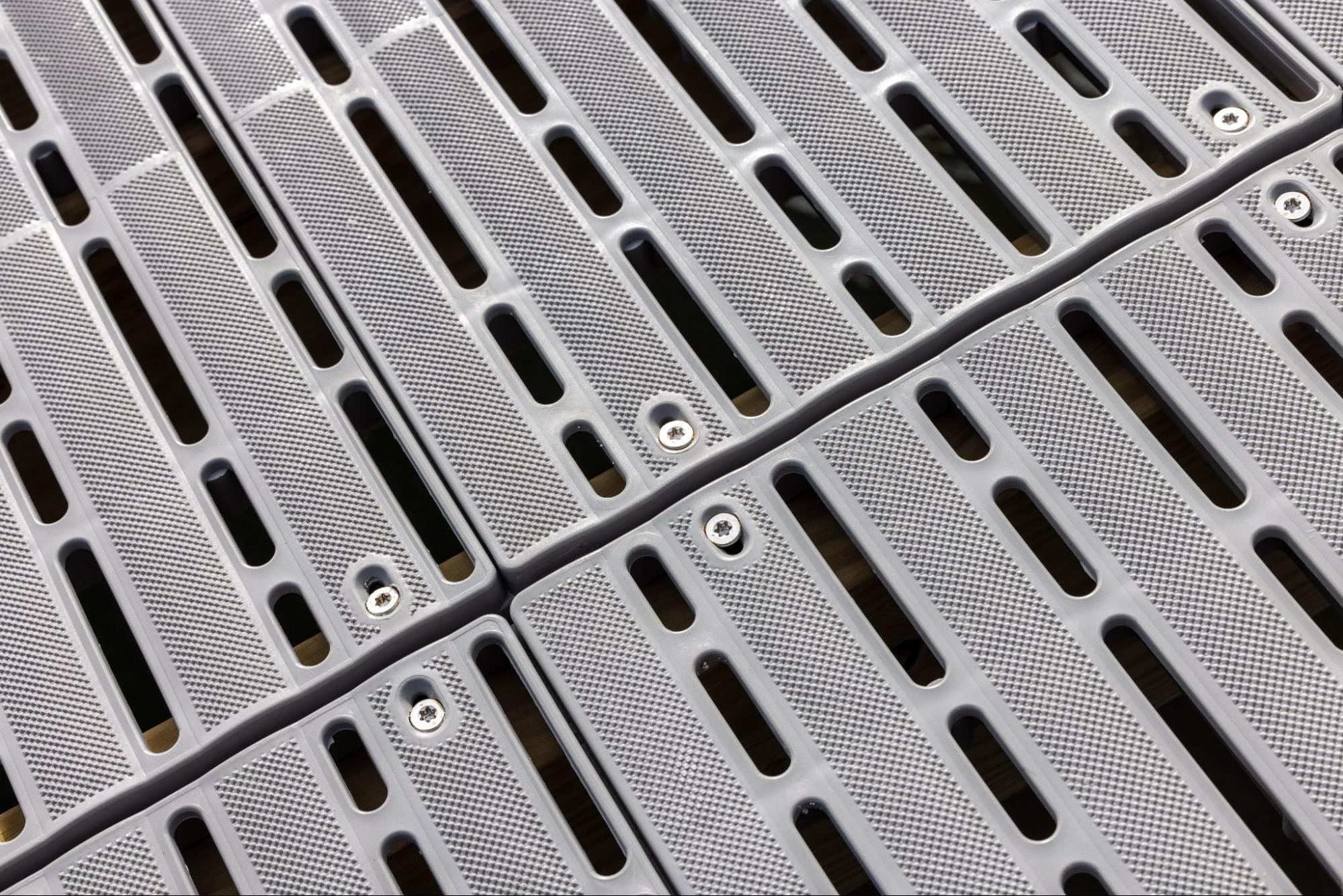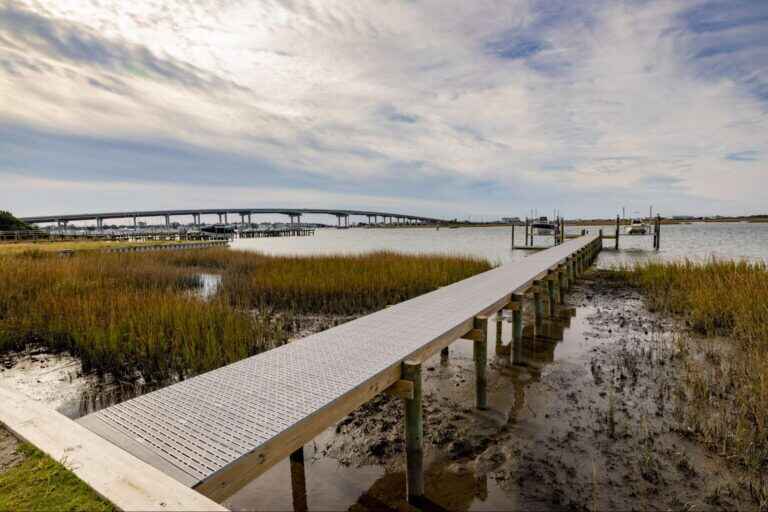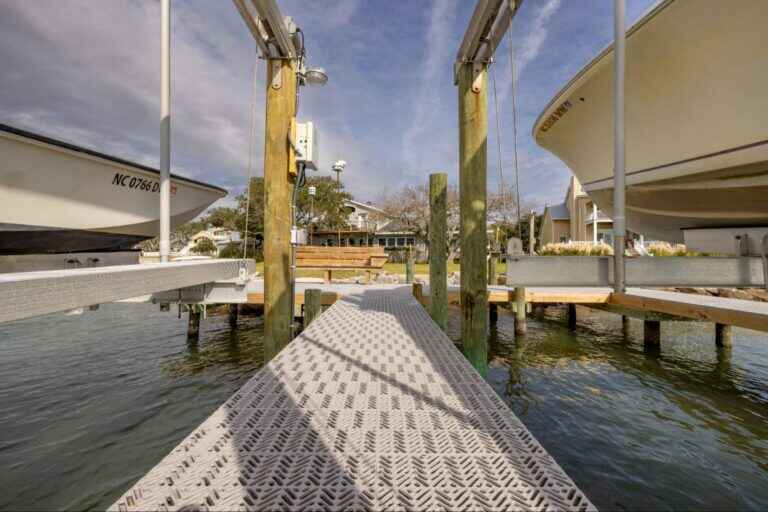Marine environments are among the harshest and most unforgiving places on Earth. Whether your dock endures the salt spray of coastal waves, the relentless rise and fall of inland waters, intense UV radiation, or extreme temperature fluctuations, the elements continually work to degrade even the most durable materials. Among all these challenges, storm surges stand out as one of the most significant threats to marine structures.
Storm surges have the power to change calm waters into a destructive force in mere minutes, with towering waves, unpredictable tides, and dramatic water level fluctuations wreaking havoc on marine decking. While no material is completely immune to the force of nature, using surge-resistant materials helps minimize damage, offering critical protection when it is needed the most. Without surge-resistant materials, your dock becomes highly vulnerable to structural damage, safety risks, and costly repairs.
The Impact of Storm Surges
A storm surge is a sudden rise in water level caused by powerful weather events like hurricanes or other intense storms. These surges can drive waves that crash with immense force against marine structures, eroding their integrity. The nature and intensity of a storm surge can vary dramatically from storm to storm, and even the most prepared marine structures can be affected. However, with smart material choices, you can dramatically reduce the risk. Though damage caused by surges can vary, the repercussions for dock and piers in affected areas are often severe and costly. Without surge-resistant decking, docks face the risk of rapid deterioration, structural collapse, and compromised safety.
Surge-resistant decking materials play a crucial role in protecting your dock during these extreme events.
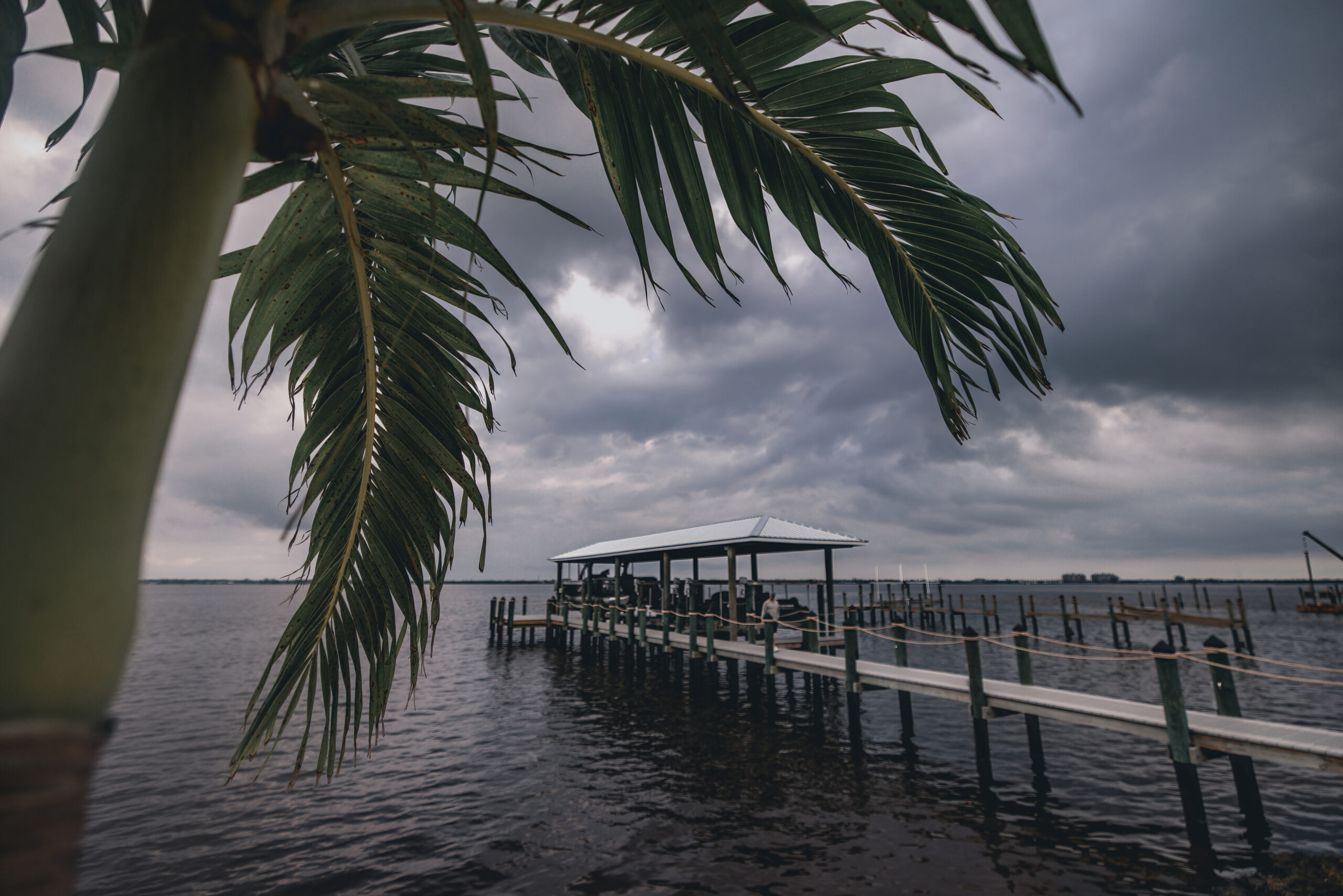
Surge Protection
Surge protection in marine applications refers to the ability of your decking materials to withstand the harsh impacts of large waves, sudden water level changes, and ongoing pressure of dynamic water forces. These forces can include:
- Wave Impact: Storm-generated waves carry immense energy. When the waves start surging during a hurricane, your boat dock will get rocked and slammed with strong waves for what seems like countless hours. Large waves crashing against the decking can dislodge boards, create cracks, or damage the support structure beneath the decking. Most traditional decking materials will break off as the waves slam your dock from every angle, especially as the waves slam the decking from the underside, creating a massive uplift force. Traditional decking materials stand no chance and rip right off, break, and get swept into the water. Additionally, repeated wave impacts weaken the dock over time, leaving them unsafe and unstable. Titan Deck’s grated design helps relieve this pressure by allowing water to pass through the decking surface, minimizing the uplift that would typically pry boards loose. While no decking can be completely surge proof, Titan Deck’s design significantly minimizes the impact.
- Tidal Changes: Rapid fluctuations in water levels, especially in areas with strong tides, can exert immense pressure on the decking. Without surge-resistant designs, decking boards can lift or detach from their framework, posing serious structural risks. In storm-prone regions, these changes can happen suddenly and without warning, posing a significant risk to the decking. Titan Deck helps reduce this risk by allowing water to flow through its open area, preventing the pressure buildup that typically leads to board failure.
- Debris Collision: Storm surges often bring logs, branches, and other debris that collide with docks. The impact of this debris can cause localized damage, cracks, or even punctures in less durable materials, creating unsafe conditions for users and leaving the structure susceptible to further damage.
Why Surge-Resistant Decking Matters
When it comes to storm surge protection, you need materials that can withstand the worst of Mother Nature’s forces. While no decking can be completely impervious to all forms of storm surge, surge-resistant decking can significantly reduce damage by dispersing energy and relieving pressure from underneath assisting in your dock remaining structurally sound and visually appealing even after facing some of the toughest environmental challenges. Not only does it protect your dock from the elements, but it also minimizes the need for costly repairs and replacements.
In recent tests comparing various grated decking boards, Titan Deck boards consistently outperformed competitors in both flexural strength and impact resistance, providing peace of mind in extreme conditions. Titan Deck boards also offer 17-47% open areas, depending on board style, which allows water uplift to disperse effectively during surges. This design reduces pressure on the deck by letting water flow through the surface, minimizing the risk of boards detaching or structural damage. It is particularly advantageous in environments prone to rapid water movement and in storm conditions where water can crash both over and beneath a dock, as it ensures the decking remains intact and secure. Surge-resistant marine decking does not just protect your dock against storms, but also enhances its overall durability, reducing maintenance costs and extending its lifespan. It is an investment that ensures long-term reliability against environmental stressors of all kinds and adds value to your property.
Dangers of Damaged Decking
Damaged decking does not just look unsightly, it can create serious risks and hazards. Here are the main concerns when decking becomes damaged or compromised:
- Safety Hazards: Cracked boards, broken sections, and exposed fasteners increase the risk of slips, trips, and falls. A structurally compromised dock can also collapse under weight, creating serious safety concerns.
- Diminished Aesthetic Appeal: A well-maintained dock adds value and visual appeal to any waterfront property. Damaged decking, such as cracked boards or missing sections, can significantly diminish the appearance of your dock and detract from the overall value of your property.
- Structural Compromise: Severe storm surges that damage decking boards can also weaken the dock’s framework. Repeated exposure to surges exacerbates this issue, potentially leading to costly repairs or full dock reconstruction.
Preventive measures, such as installing surge-resistant decking, can help you avoid these issues and save on long-term maintenance costs.
Surge-Resistant Decking Materials
When it comes to protecting your dock, not all decking materials are created equal. Choosing the right decking materials for your marine application can make all the difference between weathering the storm and facing extensive repairs. Key features to look for in surge-resistant marine decking include:
- Strength and Durability: Materials like polypropylene decking are engineered for high-impact resistance, ensuring they can endure wave impacts and debris without cracking or breaking. Titan Deck boards are designed to handle high-impact forces, making them ideal for marine environments.
- Flexibility: Rigid materials are more likely to crack under pressure. Flexible decking can absorb wave energy and adapt to tidal changes, minimizing damage. Titan Deck boards are made from 100% polypropylene, providing the ideal balance of strength and flexibility.
- Open Area Design: Decking with an open area surface design allows water to pass through, reducing the pressure from wave impacts and water uplift. Titan Deck’s innovative design disperses water effectively, safeguarding the structural integrity of your dock. Titan Open boards have 45-47% open area.
- UV Resistance: Prolonged exposure to the sun weakens many materials, making them brittle and more susceptible to damage. UV-resistant decking retains its strength and appearance, ensuring long-lasting performance. Titan Deck’s UV protection ensures the boards resist fading and more importantly degradation.
- Fastener System: A secure fastening system is essential to keeping decking firmly attached to its frame during extreme conditions. Properly designed fastener locations prevent the decking from loosening or detaching under storm pressure.
- Proper Installation: Even the most durable materials require expert installation to maximize their surge resistance. Proper installation ensures that your decking is securely fastened and capable of withstanding extreme conditions. Always hire professionals familiar with marine environments for installation.
Choosing surge-resistant decking is an investment in the longevity and performance of your dock. Titan Deck boards are engineered to resist environmental stressors, ensuring your marine structure remains both functional and visually appealing for years to come.
Long-Term Benefits of Surge-Resistant Decking
Choosing surge-resistant decking offers numerous long-term benefits that go beyond just storm protection.
- Peace of Mind: Knowing your dock is built to minimize the impact of severe conditions allows you to enjoy your waterfront property without worry.
- Enhance Safety: Durable, non-slip surfaces reduce accident risks. Titan Deck’s textured surface provides superior traction, even in wet conditions.
- Increased Property Value: A sturdy, well-maintained dock adds to your property’s appeal and market value. A safe, aesthetically pleasing dock can be a major selling point if you ever decide to sell your waterfront property.
- Cost Savings: High-quality materials require less maintenance and fewer repairs. Surge-resistant decking, like Titan Deck, reduces the frequency of replacements and repairs, saving money over time, so you can focus your budget on the new boat you want!
- Sustainability: Durable materials like polypropylene decking have a longer lifespan, reducing waste and the need for frequent replacement. Titan Deck is also made from recyclable materials!
Surge-resistant deck boards pay off in the long term, combining safety with maintenance-free longevity.
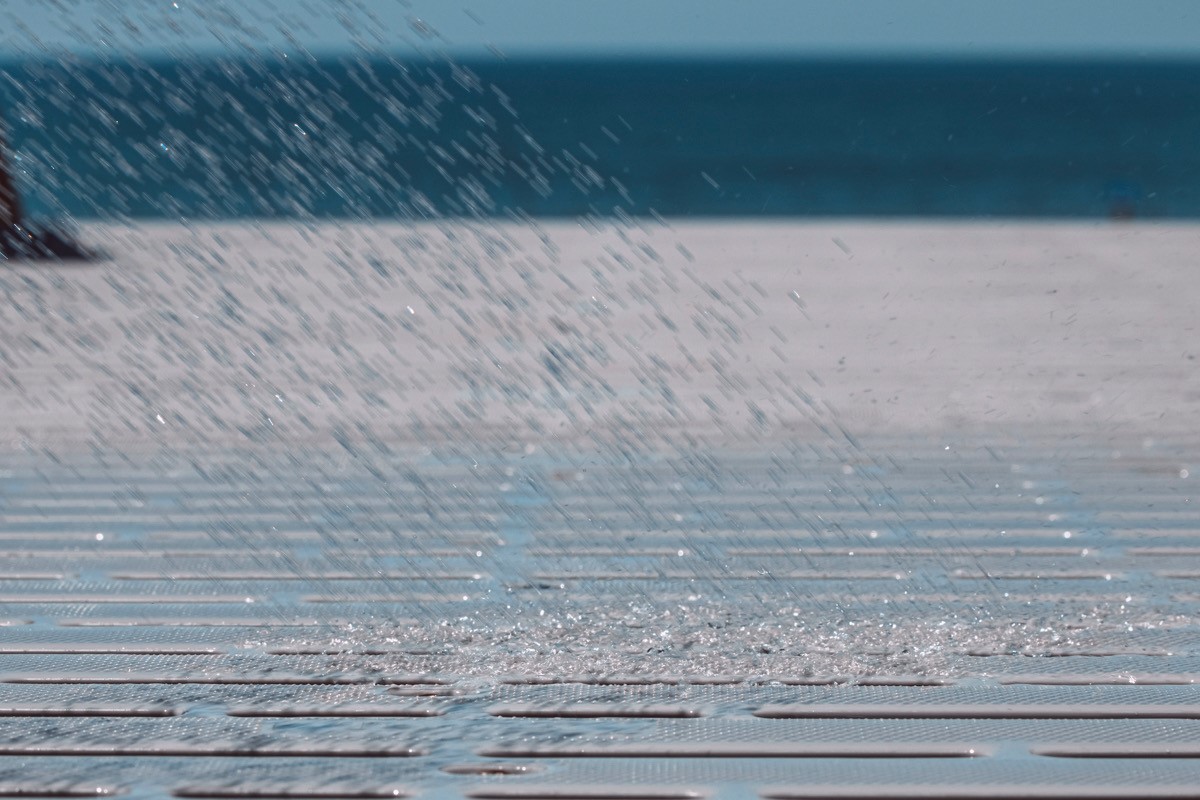
Real-Life Applications of Titan Deck
Titan Deck boards have been put to the test in some of the harshest environments around the world. For example, near Fort Myers, Florida, Titan Deck boards withstood the powerful storm surges of Hurricane Milton in 2024. The storm brought sustained winds of 150mph and gusts reaching 180mph. Even with waves large enough to fully submerge the dock, Titan Deck boards remained intact, while most other docks were destroyed.
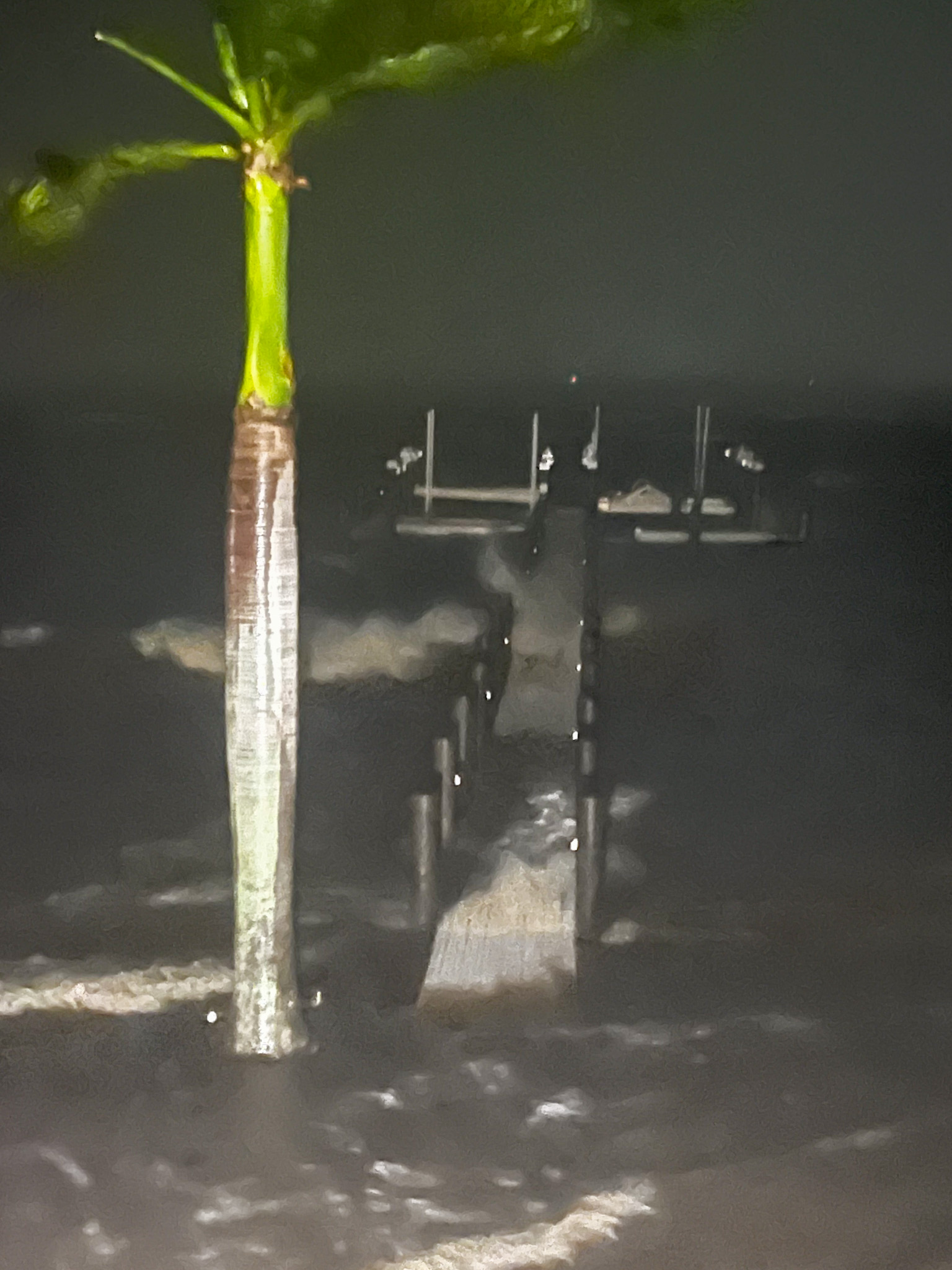
Titan Deck’s surge-resistant decking excels in various environments. Testing reveals that Titan Deck withstands forces up to 2.5 times greater than some competitor boards, ensuring it endures extreme environmental stress. Here are a few real-life examples of where Titan Deck has been put to the test:
- Coastal Docks: Titan Deck has proven its resilience in hurricane-prone regions, where wave impacts and debris are significant challenges. The flexible, high-impact-resistant design ensures the dock stands up to the toughest storms.
- Inland Marinas: Seasonal flooding and strong river currents are no match for Titan Deck’s durable and flexible design. Whether facing rapid water level changes or heavy currents, Titan Deck can withstand the pressure.
- Commercial Piers: Titan Deck’s non-slip surface and high load capacity make it ideal for heavy traffic loads that demand a durable surface. Its low-maintenance design also makes it perfect for businesses that need a reliable dock for years to come.
Do not let storm surges and harsh environmental conditions dictate the condition of your dock. By choosing surge-resistant decking materials like Titan Deck, you can protect your investment, enhance safety, and ensure long-term performance. Titan Deck stands out as the premier choice for marine environments, offering durability, long-lasting performance, and peace of mind.
Contact us to learn more about our surge-resistant decking solutions and explore our full range of Titan Deck products to find the perfect solution for your waterfront property. Make sure your dock is ready for anything nature throws its way.


